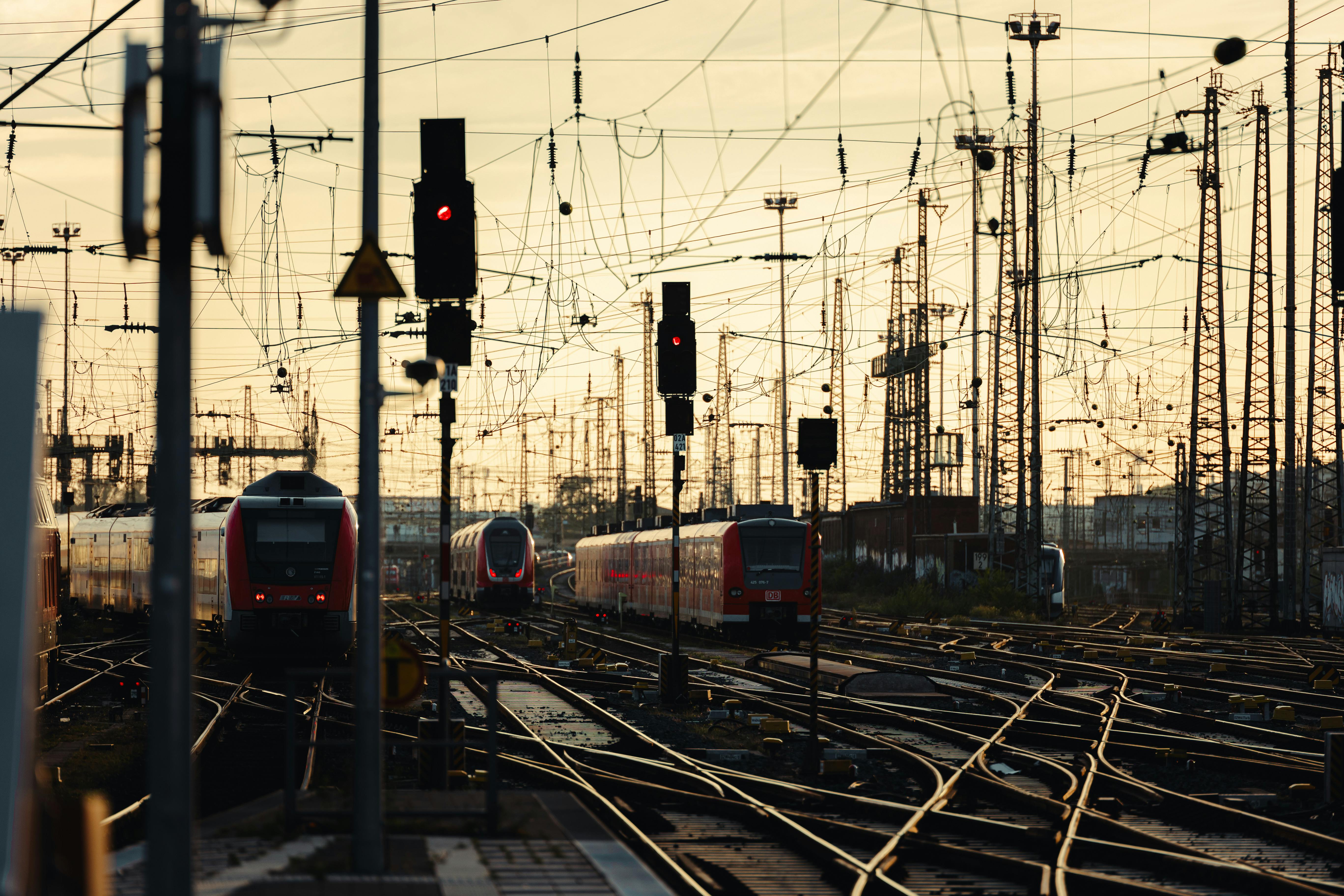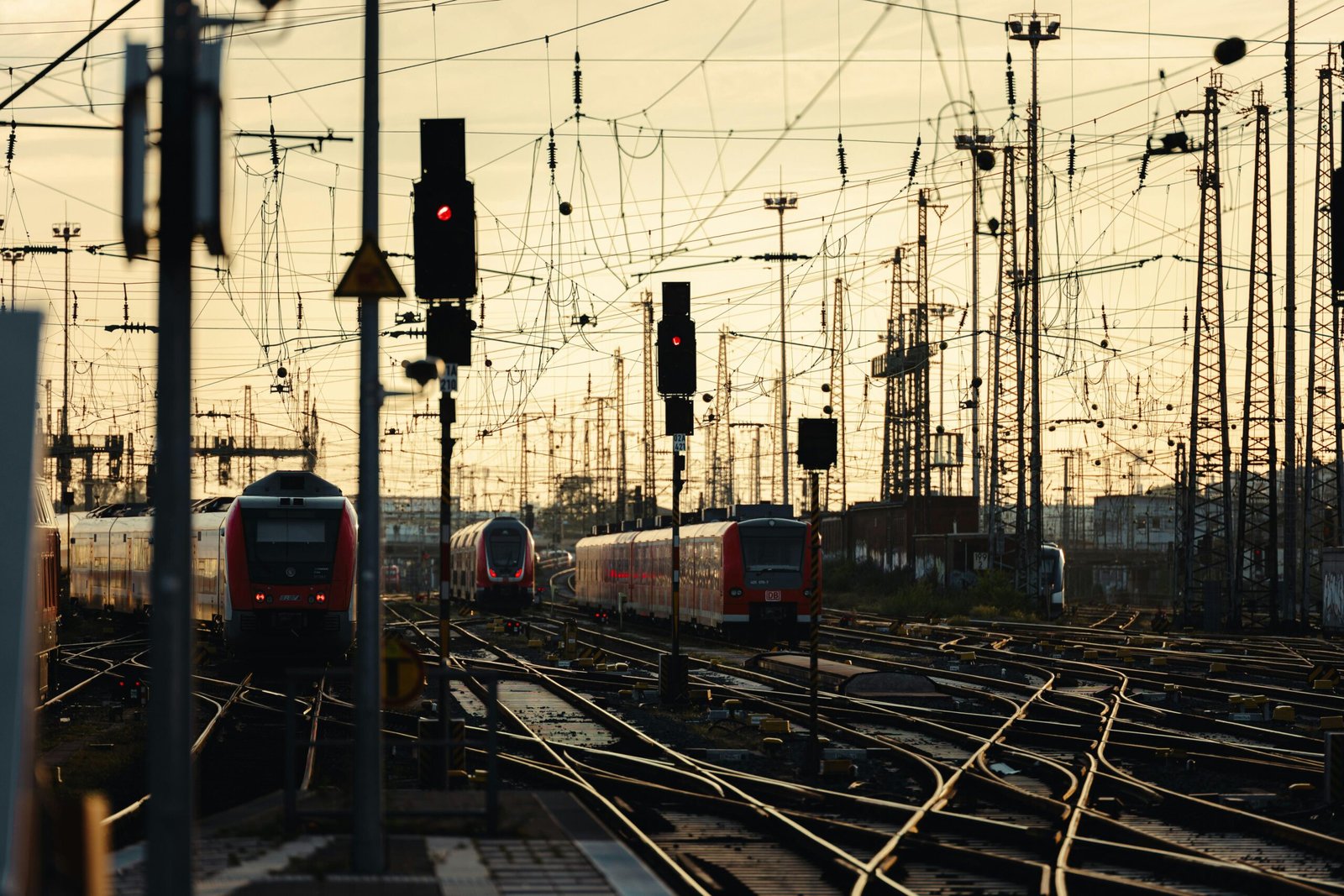Are you looking for ways to reduce your energy consumption and lower your electricity bills? Look no further! In this article, we will explore various strategies to improve the energy efficiency of barn lighting. Whether you have a small-scale hobby farm or a large commercial operation, optimizing your lighting system can make a significant difference in energy usage. So, let’s shed some light on this topic and discover how you can illuminate your barn while minimizing your environmental impact and saving money.

This image is property of images.pexels.com.
Assessing Current Lighting Systems
Determine the types of lighting fixtures used in the barn
When assessing the current lighting system in your barn, the first step is to determine the types of lighting fixtures that are currently in use. This information will help you understand the existing setup and make informed decisions about potential upgrades or replacements.
Evaluate the wattage and energy consumption of each fixture
After identifying the types of lighting fixtures, it is crucial to evaluate their wattage and energy consumption. This assessment will give you a clear picture of the energy requirements of your barn and help you determine if there are any fixtures that are consuming excessive power.
Assess the lighting requirements and intensity needed for different areas of the barn
Different areas of your barn may have varying lighting requirements based on their purpose and functionality. It is important to assess the lighting needs and intensity required for each area to ensure optimal visibility and energy efficiency.
Consider the age and condition of the existing lighting system
The age and condition of your barn’s lighting system are important factors to consider when assessing its energy efficiency. Older fixtures may be less energy-efficient and may require replacement. Additionally, fixtures that are in poor condition may not be functioning at their full potential, leading to higher energy consumption.
Switching to LED Lights
Understand the benefits of LED lights in terms of energy efficiency
LED lights have gained popularity in recent years due to their energy efficiency. They have a longer lifespan and consume significantly less energy compared to traditional lighting options. By understanding the benefits of LED lights, you can make an informed decision about switching to this more efficient lighting solution.
Choose LED bulbs with the appropriate color temperature and lumens for each area
When switching to LED lights, it is important to choose bulbs with the appropriate color temperature and lumens for each area of your barn. This ensures that the lighting matches the specific needs and preferences of each space, while still maintaining energy efficiency.
Calculate the potential energy savings by switching to LED lights
Before making any changes to your barn’s lighting system, it is helpful to calculate the potential energy savings that can be achieved by switching to LED lights. This cost analysis will provide a clear understanding of the long-term benefits of this upgrade and can be used to justify the investment.
Research reputable LED manufacturers and suppliers
To ensure the quality and durability of your LED lights, it is important to research reputable manufacturers and suppliers. Look for companies that have a track record of producing reliable and energy-efficient LED products. Reading customer reviews and consulting with professionals in the industry can also help you make an informed decision.
Installing Motion Sensor Controls
Learn about motion sensor technology for lighting
Motion sensor technology is a valuable tool for enhancing energy efficiency in barn lighting. By understanding how motion sensors work and their benefits, you can effectively utilize this technology to reduce energy wastage and improve convenience.
Identify areas in the barn where motion sensor controls can be beneficial
Not all areas of the barn may require motion sensor controls. Identify spaces where lights are frequently left on unnecessarily or where occupants frequently enter and exit. These areas are ideal candidates for motion sensor controls, as they can automatically detect movement and turn the lights on or off accordingly.
Select the suitable type of motion sensors for different areas (passive infrared, ultrasonic, microwave)
There are different types of motion sensors available, such as passive infrared (PIR), ultrasonic, and microwave sensors. Each type has its own advantages and is suitable for different areas. Understand the characteristics of each sensor and select the suitable type for each specific area in your barn.
Consider the cost and installation requirements of motion sensor controls
When considering installing motion sensor controls, it is important to factor in the cost and installation requirements. While motion sensor technology can lead to significant energy savings, it is essential to evaluate whether the benefits outweigh the initial investment and installation efforts.
Optimizing Natural Light
Assess the availability of natural light sources in the barn
Before implementing any changes to your barn’s lighting system, carefully assess the availability of natural light sources. This includes considering the location and size of existing windows or skylights, as well as potential opportunities to introduce new natural light sources.
Position windows or skylights strategically to maximize natural lighting
Strategic positioning of windows or skylights can maximize the amount of natural light that enters your barn. By carefully considering the orientation of your barn and the movement of the sun throughout the day, you can position these openings to optimize natural lighting and reduce the need for artificial lighting.
Consider installing light shelves or reflectors to redirect sunlight
To further enhance natural lighting, consider installing light shelves or reflectors. These can redirect sunlight deeper into your barn, ensuring that the light reaches areas that would otherwise be in shadow. Light shelves and reflectors are effective at utilizing natural light and reducing the dependency on artificial lighting.
Investigate the use of solar tubes for additional natural light
Solar tubes are another option to consider for enhancing natural lighting in your barn. These tubes capture sunlight on the roof and channel it into the interior spaces through reflective surfaces. Solar tubes are ideal for providing natural light in areas where installing traditional windows or skylights may not be feasible.

This image is property of images.pexels.com.
Implementing Lighting Zoning
Divide the barn into different zones based on lighting needs
Dividing the barn into different lighting zones allows you to tailor the lighting requirements of each area. By establishing zones, you can control the lighting levels independently, ensuring that each space receives the appropriate amount of light while minimizing energy wastage.
Use separate switches or dimmers to control each zone independently
Once the barn is divided into zones, use separate switches or dimmers to control the lighting in each zone independently. This allows for more precise control over the lighting levels and ensures that lights are only used when and where they are needed, thereby optimizing energy efficiency.
Consider the use of timers or automated controls for different zones
To further streamline the lighting control in different zones, consider implementing timers or automated controls. Timers can be programmed to turn lights on or off at specific times, while automated controls can respond to occupancy or daylight levels. These additions simplify lighting management and reduce the chances of lights being left on unnecessarily.
Ensure the zoning plan aligns with the barn’s workflow and daily activities
When implementing a zoning plan for your barn’s lighting, it is essential to ensure that it aligns with the workflow and daily activities. A well-thought-out zoning plan should support the operational requirements of the barn, making it easy for occupants to control the lighting while maximizing energy efficiency.
Regular Maintenance and Cleaning
Establish a routine maintenance schedule for checking and cleaning lighting fixtures
Regular maintenance is crucial for ensuring the optimal performance and energy efficiency of your barn’s lighting fixtures. Establish a routine schedule for checking and cleaning the fixtures, including inspecting wiring, replacing faulty bulbs, and cleaning any accumulated dust or debris.
Replace faulty or aging bulbs promptly
Promptly replace any faulty or aging bulbs to maintain optimal lighting conditions. Faulty bulbs not only result in decreased light output but may also consume more energy or pose safety hazards. Regularly check for signs of dimming or flickering and replace bulbs accordingly.
Dust light fixtures and reflectors regularly to maintain maximum efficiency
Dust and debris accumulation on light fixtures and reflectors can reduce their efficiency. Regularly dust these surfaces to maintain maximum light output and energy efficiency. By keeping your fixtures clean, you can ensure that the light they produce is not obstructed or diffused.
Keep light sensors and controls clean and free from obstructions
If your barn’s lighting system includes light sensors or controls, it is crucial to keep them clean and free from any obstructions. Dust or other materials can interfere with their functionality, resulting in inaccurate readings or inefficient operation. Regularly check these components and clean them as needed.

This image is property of images.pexels.com.
Utilizing Energy-Efficient Lighting Controls
Explore the use of occupancy sensors to automatically turn off lights in unoccupied areas
Occupancy sensors are an effective way to ensure that lights are only used when needed. They automatically detect the presence or absence of occupants and turn lights on or off accordingly. By utilizing occupancy sensors in unoccupied areas, you can significantly reduce energy wastage.
Consider installing daylight sensors to adjust artificial lighting based on natural light levels
Daylight sensors, also known as photocells, provide another energy-saving option. These sensors measure the amount of natural light in a space and adjust the artificial lighting accordingly. By integrating daylight sensors into your barn’s lighting system, you can optimize energy efficiency by minimizing the use of artificial light when it is not necessary.
Investigate the potential benefits of integrating lighting controls with a building automation system
Building automation systems offer advanced control and integration options for lighting. By integrating your barn’s lighting controls with a building automation system, you can streamline operations and achieve even greater energy efficiency. Explore the potential benefits of this integration to determine if it is a viable option for your barn.
Ensure proper programming and calibration of lighting controls
To fully benefit from energy-efficient lighting controls, it is crucial to ensure their proper programming and calibration. Inaccurate settings or calibration can lead to inefficient operation and unnecessary energy consumption. Take the time to properly program and calibrate your lighting controls to maximize energy savings.
Educating and Engaging Barn Users
Provide training on energy-efficient practices and the importance of lighting efficiency
Educating barn users about energy-efficient practices and the importance of lighting efficiency is key to achieving long-term energy savings. Provide training sessions or information on how to utilize lighting controls effectively, turn off lights when not in use, and adopt energy-saving habits.
Encourage barn users to turn off lights when not in use
An essential step in improving energy efficiency is to encourage barn users to actively participate in energy-saving initiatives. Remind them to turn off lights when leaving a space or when they are no longer needed. Simple reminders and positive reinforcement can go a long way in promoting energy-conscious behavior.
Promote awareness of energy-saving initiatives through signage or reminders
Place signage or reminders throughout the barn to promote awareness of energy-saving initiatives. These can serve as gentle reminders for barn users to be mindful of their energy consumption and adopt more energy-efficient practices. Visual cues can be effective in instilling environmentally friendly habits.
Highlight the actual cost savings and environmental benefits achieved by improving energy efficiency
Share the tangible benefits of improving energy efficiency to motivate barn users to actively engage in energy-saving efforts. Highlight the cost savings achieved by reducing energy consumption and the positive impact on the environment. By showcasing the real-life benefits, you can inspire a sense of pride and commitment among barn users.
Monitoring and Benchmarking Energy Usage
Install energy monitoring systems to track real-time consumption
Installing energy monitoring systems allows you to track your barn’s real-time energy consumption. These systems provide valuable data on energy usage patterns, enabling you to identify areas of potential improvement and make informed decisions about optimizing energy efficiency.
Set energy efficiency goals and establish performance benchmarks
Setting specific energy efficiency goals and establishing performance benchmarks provide a clear roadmap for improvement. Whether it is a target for reducing overall energy consumption or achieving a certain percentage of energy savings, these goals and benchmarks create accountability and guide your energy efficiency strategies.
Analyze energy usage data and identify areas for further improvement
Regularly analyze the energy usage data collected by the monitoring system to identify areas for further improvement. Look for patterns or anomalies in energy consumption and investigate the root causes. By pinpointing areas that require attention, you can prioritize your efforts to optimize energy efficiency.
Regularly review and update energy efficiency strategies based on monitoring results
Energy efficiency is an ongoing process that requires continuous evaluation and improvement. Regularly review the data collected by the monitoring system and update your energy efficiency strategies accordingly. By staying proactive and responsive to the monitoring results, you can maintain and even enhance the energy efficiency of your barn.
Considerations for Future Upgrades
Stay updated on advancements in lighting technology
Stay informed and current on the latest advancements in lighting technology. The field of lighting is constantly evolving, with new innovations that offer improved energy efficiency and performance. By staying updated, you can anticipate future upgrades that may further enhance the energy efficiency of your barn’s lighting system.
Consider the potential benefits of smart lighting systems
Smart lighting systems offer advanced control and automation features that optimize energy efficiency. These systems can integrate various energy-saving strategies, such as occupancy sensors, daylight sensors, and remote access controls. Consider the potential benefits of implementing a smart lighting system in your barn for more advanced energy management.
Evaluate the return on investment for future lighting upgrades
When considering future lighting upgrades, evaluate the return on investment (ROI) to determine the financial viability of the project. Calculate the potential energy savings and compare them to the initial investment required for the upgrade. A positive ROI can justify the upfront cost of the upgrade and provide long-term energy savings.
Factor in any regulatory or incentive programs that promote energy efficiency
Check for any regulatory or incentive programs that promote energy efficiency in barn lighting. These programs may offer financial incentives, grants, or rebates to offset the cost of energy-efficient upgrades. Taking advantage of these programs can significantly reduce the financial burden and make the transition to more energy-efficient lighting more feasible.



